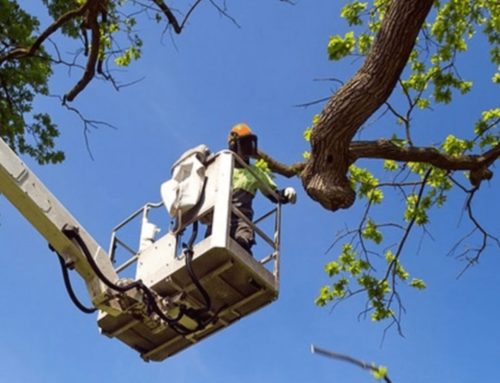Connecticut’s diverse climate and changing seasons play a crucial role in determining the best time to plant trees for maximum success. Timing is everything when it comes to ensuring your newly planted trees thrive and establish strong root systems. In this article, we’ll explore the optimal time to plant trees in Connecticut, providing insights that will help you create a lush and vibrant landscape.
The Best Time for Tree Planting:
Fall – Nature’s Ideal Planting Season: Autumn, particularly from late September to early November, is often considered the best time to plant trees in Connecticut. The combination of warm soil and cooler air temperatures creates favorable conditions for root growth without the stress of summer heat. During the fall, trees focus their energy on root development rather than top growth, setting the stage for a strong foundation before winter.
Benefits of Fall Planting:
- Root Establishment: Fall planting allows trees to establish their root systems before the ground freezes, giving them a head start for the following growing season.
- Soil Temperature: Warmer soil temperatures in the fall promote healthy root growth, helping trees anchor firmly in the ground.
- Reduced Stress: Cooler air temperatures reduce stress on newly planted trees, preventing water loss through transpiration.
- Less Watering: Fall’s natural rainfall patterns often reduce the need for frequent watering, which is essential for newly planted trees.
- Reduced Disease and Pest Pressure: Fall planting minimizes exposure to common pests and diseases that thrive in warmer months.
Spring Planting Considerations:
While fall is the preferred time for tree planting in Connecticut, early spring (late March to early April) is also a viable option. As the ground thaws and temperatures gradually rise, trees can establish roots before the heat of summer. However, early spring planting requires diligent watering throughout the drier months to ensure the tree’s survival.
Summer Planting Precautions:
Planting trees in the heat of summer should be avoided whenever possible. Summer’s high temperatures and increased water demands can stress newly planted trees, making establishment more challenging. If summer planting is necessary, choose cool mornings or late afternoons, and provide ample water to compensate for increased evaporation.
Choosing the Right Trees:
When planning tree planting, select species that are well-suited to Connecticut’s climate and growing conditions. Native trees often thrive best, as they are adapted to the region’s unique weather patterns and soil types.
The best time to plant trees in Connecticut is during the fall, from late September to early November. Fall’s warm soil, cool air temperatures, and reduced stress factors provide optimal conditions for root establishment and healthy growth. While early spring is an alternative, summer planting should be approached with caution due to increased heat and water demands. By understanding the ideal planting time and selecting appropriate tree species, you can create a thriving and vibrant landscape that enhances the beauty of the Nutmeg State.
It is always a good idea to consult with a professional arborist or tree service like Tomorrows Trees. They can help you determine the best pruning schedule based on the specific needs of your trees and your local climate.






